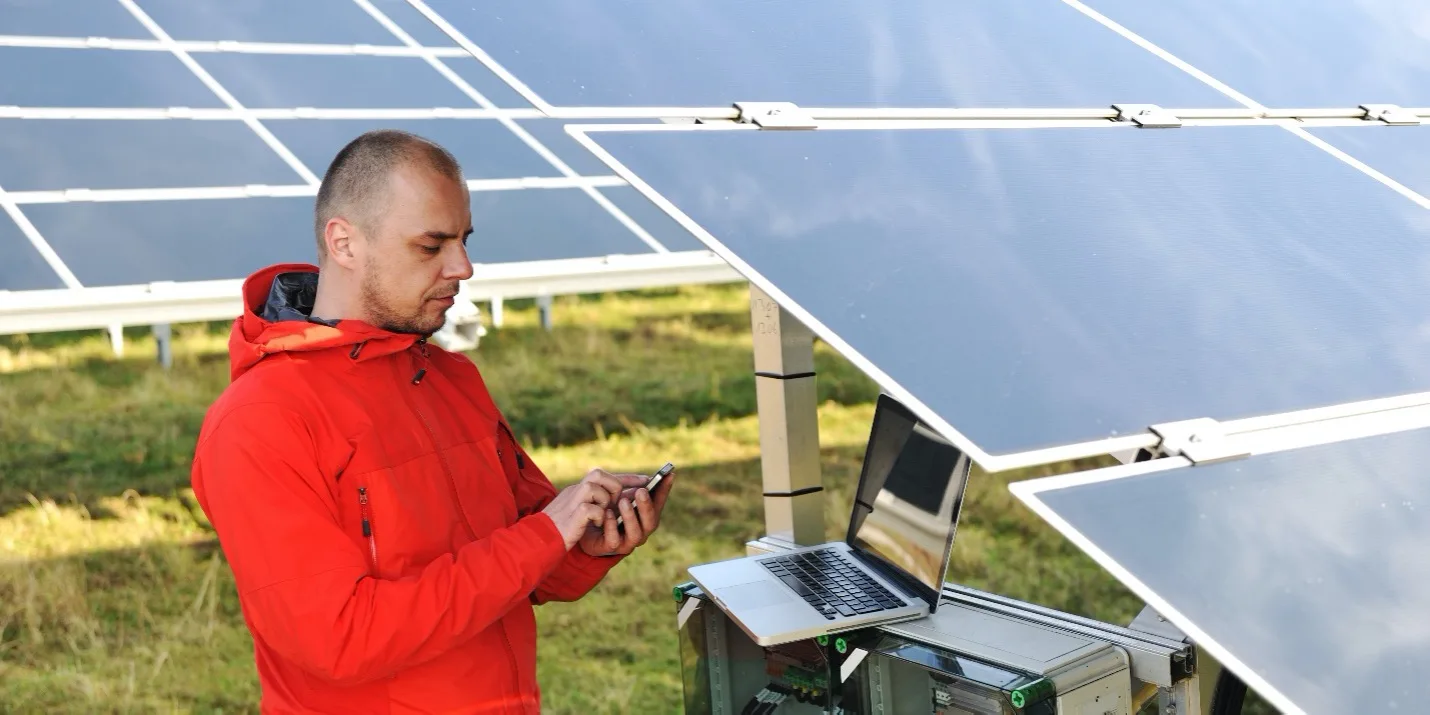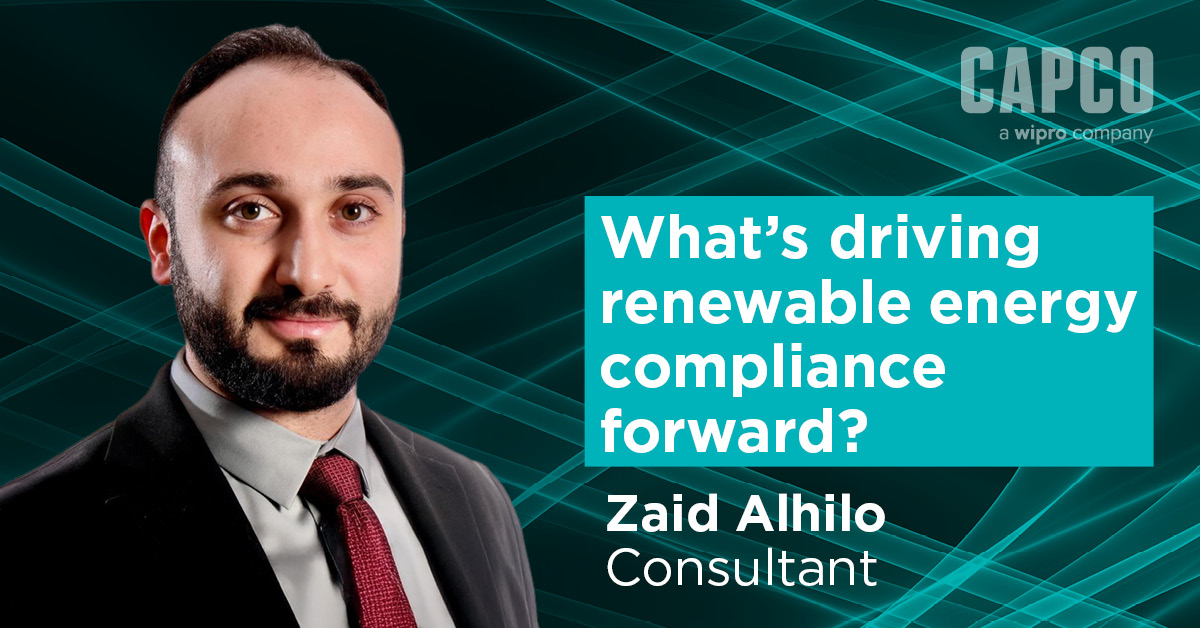Introduction
In our ever-evolving quest for environmental sustainability, energy companies have embarked on a remarkable journey. They’re striving not only to meet energy demands but to do so while being mindful of their impact on our planet. Two terms you’ve likely come across in this noble pursuit are “carbon neutrality” and “net zero.” But what do these terms really mean, and how are energy companies working towards them? Join us as we explore this path towards a cleaner, more compassionate future.
Balancing Act: Carbon Neutrality
When an energy company claims to be carbon neutral, it signifies a commitment to balance the scales of environmental impact. In essence, their net carbon emissions are offset by an equivalent reduction or removal of carbon dioxide from the atmosphere. This delicate equilibrium is achieved through investments in projects designed to curtail greenhouse gas emissions. Such projects might involve the deployment of renewable energy technologies, reforestation initiatives, or carbon capture and storage systems. Carbon neutrality, therefore, revolves around achieving a harmonious equilibrium between emissions released and emissions either removed or offset.
Aiming for Zero: The Journey to Net Zero
On the other end of the spectrum lies the concept of “net zero.” Here, energy companies take a more audacious leap, going beyond balance to actively eliminate carbon emissions. The objective of net zero is to drive emissions down to a level where any residual emissions are counterbalanced by an equivalent amount of carbon removal or offsetting. The ultimate goal is to render the company’s overall carbon footprint virtually non-existent. This can be achieved either by entirely eradicating emissions from their operations or by compensating for any remaining emissions through removal or offsetting.
Understanding the Technology Behind the Scenes
Now that we’ve explored these noble ambitions, let’s delve into the technological arsenal that empowers energy companies to understand and reduce their carbon footprint.
Emissions Monitoring Systems: These sophisticated systems employ a range of sensors, meters, and data collection devices to meticulously track and quantify greenhouse gas emissions. Energy companies utilize these systems to measure emissions from diverse sources such as power plants, refineries, and transportation fleets.
Energy Accounting Systems: Energy accounting systems act as the financial custodians of energy consumption patterns. They gather data on energy sources, fuel consumption, and various energy-related activities. With this data, companies can calculate emissions arising from their operations and pinpoint areas ripe for improvement.
Life Cycle Assessment (LCA): LCA is an extensive methodology used to scrutinize the environmental footprint of a product, process, or service throughout its lifecycle. It takes into account every phase, from raw material extraction and manufacturing to transportation, use, and disposal. LCA aids energy companies in comprehending the carbon emissions associated with their activities, thereby illuminating opportunities for emissions reduction.
Smart Metering and Energy Management Systems: Smart meters and energy management systems offer real-time data on energy consumption. This data helps companies monitor and optimize their energy usage by identifying areas where efficiency can be enhanced.
Remote Sensing Technologies: Leveraging advanced technologies like satellite imagery and aerial surveys, energy companies can estimate emissions from large-scale facilities and identify environmental changes like deforestation and land-use shifts. These remote sensing technologies provide a broader perspective and facilitate monitoring on regional or global scales.
Data Analytics and Reporting Tools: Data analytics and reporting tools act as the storytellers of an energy company’s carbon emissions journey. They collect, analyze, and report emissions data, integrating information from various sources. These tools perform complex calculations, generate informative reports, and ensure compliance with emissions reporting standards.
Paving the Way to a Greener Future
In closing, the distinction between carbon neutrality and net zero lies in their levels of ambition and commitment. Carbon neutrality strives for a delicate balance, allowing emissions to exist while compensating for them elsewhere. In contrast, net zero sets a loftier standard, striving for the elimination or offsetting of all emissions, resulting in a genuine zero-carbon state. Both paths share a common commitment to emission reduction, but net zero sets the bar higher, inspiring comprehensive efforts to combat climate change.
As we journey down the road to carbon neutrality and net zero, let’s remember the compassion for our planet that fuels this endeavor. It’s not just about numbers and technologies; it’s about our responsibility to leave a healthier, more sustainable world for future generations.
Jonathan Goldstein (Sr. Vice President) and Jason Bear (Vice President of Energy Solutions) are experienced Retail Energy leaders at CG Infinity.











